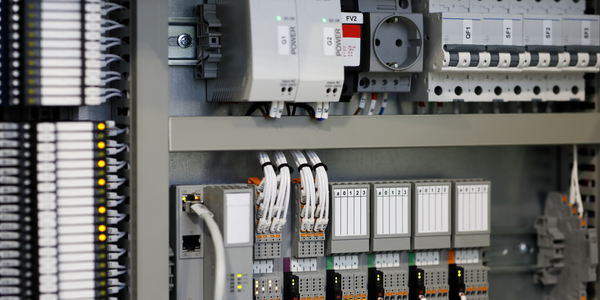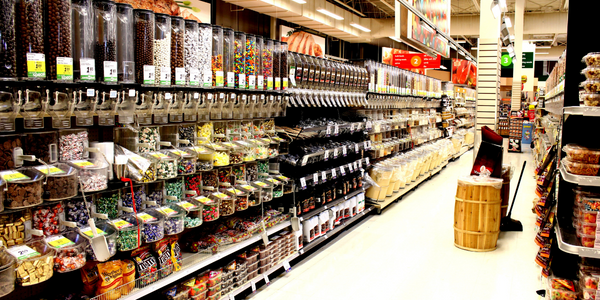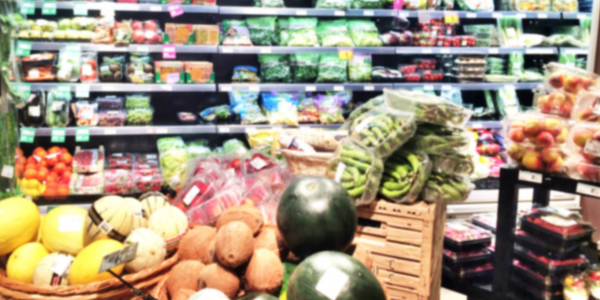Customer Company Size
Large Corporate
Region
- Europe
Country
- France
Product
- CARTO’s location intelligence platform
- Customizable applications
Tech Stack
- Data Visualization
- Location Data Analysis
- Cloud Computing
Implementation Scale
- Enterprise-wide Deployment
Impact Metrics
- Cost Savings
- Productivity Improvements
Technology Category
- Application Infrastructure & Middleware - Data Visualization
- Analytics & Modeling - Real Time Analytics
Applicable Industries
- Retail
Applicable Functions
- Sales & Marketing
- Business Operation
Use Cases
- Supply Chain Visibility
- Demand Planning & Forecasting
Services
- Data Science Services
- System Integration
About The Customer
Founded in 1923, French-based Leroy Merlin is a prominent global home improvement retailer with over 300 locations across 13 countries and five continents, and hundreds of millions of dollars in revenue. Besides the traditional home improvement products, Leroy Merlin focuses on six sectors: DIY, building, gardening, sanitary equipment, renewable energy, and interior decoration, in addition to their free delivery services. To ensure the right product offerings on the floor at any given time, Leroy Merlin needed to not only sense changes in selling patterns, but quickly translate that intelligence into a series of decisions that go up the supply chain.
The Challenge
Leroy Merlin, a global home improvement retailer, needed to sense changes in selling patterns and quickly translate that intelligence into a series of decisions that go up the supply chain. Most decisions were made from headquarters, including the analysis of market areas, zones of influence, and distribution areas. This required executives and managers to know when and how much to ramp up or cut back on production, and where to distribute. It also meant choosing the right combination of transport modes to balance the urgency of delivery costs. Leroy Merlin found aggregating the data for key decisions an arduous and time-consuming task. To unify these data sources into a coherent and complete picture, managers created a seamless real-time reporting visualization to introduce precise predictive demand planning capabilities with a goal to share geomarketing and geolocalized data among store managers, marketing and business development departments, and executives.
The Solution
Leroy Merlin partnered with Web Geo Services, cross-industry specialists in the design and implementation of location strategies, to enlist CARTO for building a solution oriented location application. The CARTO application enabled the geographic representation of business indicators and other areas of interest by incorporating data from external providers and open data portals, made for easy implementation, adoption, and development. CARTO’s location intelligence platform and customizable applications aid in the analysis of location data with easy integration of existing data sources and third party platforms. CARTO functions in the cloud and through on-premises implementation to meet the demanding requirements of business teams. The CARTO Platform and APIs were developed and brought to life for the web, facilitating easy, fast, and powerful integrations. CARTO offers seats for as many users as needed, with an approachable map editor interface for a better and more interactive user experience.
Operational Impact
Quantitative Benefit

Case Study missing?
Start adding your own!
Register with your work email and create a new case study profile for your business.
Related Case Studies.

Case Study
Improving Production Line Efficiency with Ethernet Micro RTU Controller
Moxa was asked to provide a connectivity solution for one of the world's leading cosmetics companies. This multinational corporation, with retail presence in 130 countries, 23 global braches, and over 66,000 employees, sought to improve the efficiency of their production process by migrating from manual monitoring to an automatic productivity monitoring system. The production line was being monitored by ABB Real-TPI, a factory information system that offers data collection and analysis to improve plant efficiency. Due to software limitations, the customer needed an OPC server and a corresponding I/O solution to collect data from additional sensor devices for the Real-TPI system. The goal is to enable the factory information system to more thoroughly collect data from every corner of the production line. This will improve its ability to measure Overall Equipment Effectiveness (OEE) and translate into increased production efficiencies. System Requirements • Instant status updates while still consuming minimal bandwidth to relieve strain on limited factory networks • Interoperable with ABB Real-TPI • Small form factor appropriate for deployment where space is scarce • Remote software management and configuration to simplify operations

Case Study
How Sirqul’s IoT Platform is Crafting Carrefour’s New In-Store Experiences
Carrefour Taiwan’s goal is to be completely digital by end of 2018. Out-dated manual methods for analysis and assumptions limited Carrefour’s ability to change the customer experience and were void of real-time decision-making capabilities. Rather than relying solely on sales data, assumptions, and disparate systems, Carrefour Taiwan’s CEO led an initiative to find a connected IoT solution that could give the team the ability to make real-time changes and more informed decisions. Prior to implementing, Carrefour struggled to address their conversion rates and did not have the proper insights into the customer decision-making process nor how to make an immediate impact without losing customer confidence.

Case Study
Digital Retail Security Solutions
Sennco wanted to help its retail customers increase sales and profits by developing an innovative alarm system as opposed to conventional connected alarms that are permanently tethered to display products. These traditional security systems were cumbersome and intrusive to the customer shopping experience. Additionally, they provided no useful data or analytics.

Case Study
Ensures Cold Milk in Your Supermarket
As of 2014, AK-Centralen has over 1,500 Danish supermarkets equipped, and utilizes 16 operators, and is open 24 hours a day, 365 days a year. AK-Centralen needed the ability to monitor the cooling alarms from around the country, 24 hours a day, 365 days a year. Each and every time the door to a milk cooler or a freezer does not close properly, an alarm goes off on a computer screen in a control building in southwestern Odense. This type of alarm will go off approximately 140,000 times per year, equating to roughly 400 alarms in a 24-hour period. Should an alarm go off, then there is only a limited amount of time to act before dairy products or frozen pizza must be disposed of, and this type of waste can quickly start to cost a supermarket a great deal of money.

Case Study
Supermarket Energy Savings
The client had previously deployed a one-meter-per-store monitoring program. Given the manner in which energy consumption changes with external temperature, hour of the day, day of week and month of year, a single meter solution lacked the ability to detect the difference between a true problem and a changing store environment. Most importantly, a single meter solution could never identify root cause of energy consumption changes. This approach never reduced the number of truck-rolls or man-hours required to find and resolve issues.




